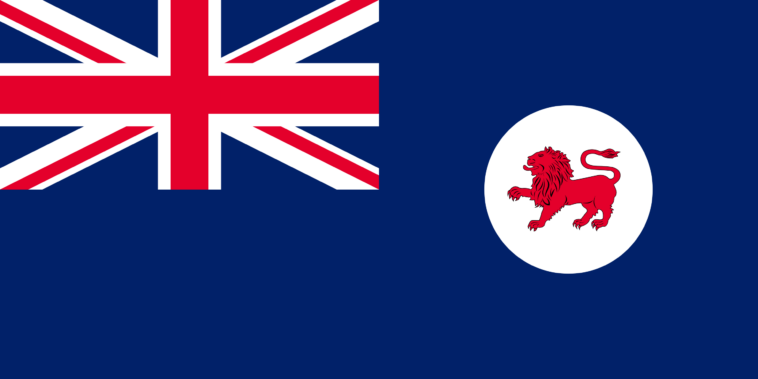Tasmania, often referred to as “Tassie,” is a unique and captivating island state of the Commonwealth of Australia. It lies 240 kilometers south of the Australian mainland, separated by the picturesque Bass Strait. Tasmania isn’t just a single island; it’s a cluster of 334 islands, with the main island being the 26th largest in the world. This remarkable state boasts a rich history, stunning natural landscapes, and a vibrant cultural scene, making it a must-visit destination for travelers and nature enthusiasts alike.
Geographical Splendor of Tasmania
Tasmania’s landscape is a tapestry of rugged mountain ranges, dense forests, and pristine beaches. Its diverse topography creates a haven for various wildlife and offers numerous outdoor activities. The Tasmanian Wilderness World Heritage Area, encompassing nearly half of the state, is a testament to its unspoiled beauty and ecological significance.
Key Geographic Features:
- Mountains: Tasmania is home to the majestic Cradle Mountain and the formidable Mount Wellington, offering breathtaking views and challenging hikes.
- Forests: The state is known for its ancient rainforests, such as the Tarkine, the largest temperate rainforest in Australia.
- Beaches: From the white sands of Wineglass Bay to the rugged beauty of the Bay of Fires, Tasmania’s beaches are both beautiful and diverse.
Tasmania’s Rich Cultural Tapestry
The cultural heritage of Tasmania is as diverse as its landscape. From its Indigenous roots to its colonial history, the state has a story to tell. Hobart, the capital city, is a hub of arts and culture, hosting events like the famous MONA FOMA (Museum of Old and New Art Festival of Music and Art) and the internationally acclaimed Sydney to Hobart Yacht Race.
Cultural Highlights:
- Indigenous Heritage: The rich history of the Tasmanian Aboriginal people is evident in various cultural sites across the state.
- Colonial Architecture: Towns like Port Arthur and Richmond offer a glimpse into Tasmania’s colonial past, with well-preserved historical buildings and streetscapes.
- Arts Scene: Tasmania’s thriving arts scene is showcased in galleries, theaters, and festivals throughout the state.
Tasmania’s Thriving Economy and Demographics
As of June 2010, Tasmania had a population of 507,626, with nearly half residing in the greater Hobart area. The state’s economy is robust and diverse, encompassing sectors such as tourism, agriculture, and manufacturing. Tasmania’s clean, green image has led to the growth of premium food and beverage industries, including world-renowned wines and whiskies.
Economic and Demographic Insights:
- Population Centers: Hobart is the largest city, followed by Launceston, Devonport, and Burnie.
- Economic Sectors: Key sectors include tourism, agriculture, forestry, and information technology.
- Environmental Initiatives: Tasmania is a leader in renewable energy, with a significant portion of its energy coming from hydroelectric power.
Exploring Tasmania: A Traveler’s Guide
Tasmania offers a plethora of experiences for visitors. Whether it’s exploring the historic streets of Hobart, hiking in the Cradle Mountain-Lake St Clair National Park, or savoring the local produce at a farmers’ market, there’s something for everyone.
Must-Visit Destinations:
- Hobart: Explore the historic Salamanca Place, visit the MONA, and enjoy the vibrant food scene.
- Freycinet National Park: Home to the stunning Wineglass Bay, offering hiking, kayaking, and wildlife watching.
- Port Arthur Historic Site: A UNESCO World Heritage site, offering insights into Tasmania’s convict history.
Conclusion: Tasmania’s Endless Wonders
Tasmania is more than just an island; it’s a world unto itself. With its stunning natural beauty, rich cultural heritage, and friendly locals, Tasmania offers an unforgettable experience for all who visit. Whether you’re seeking adventure, relaxation, or cultural enrichment, Tasmania is a destination that promises endless wonders and lasting memories.





